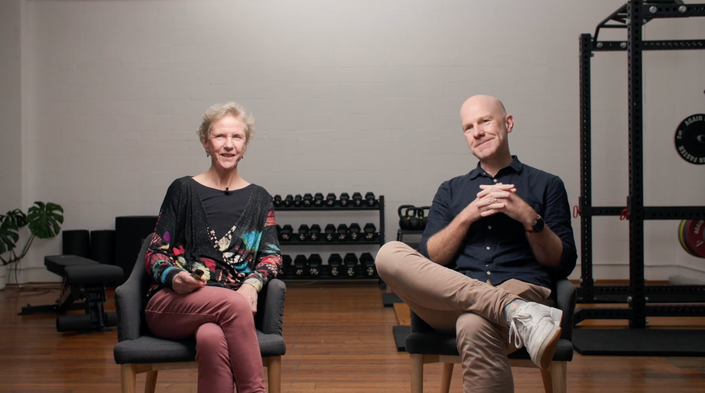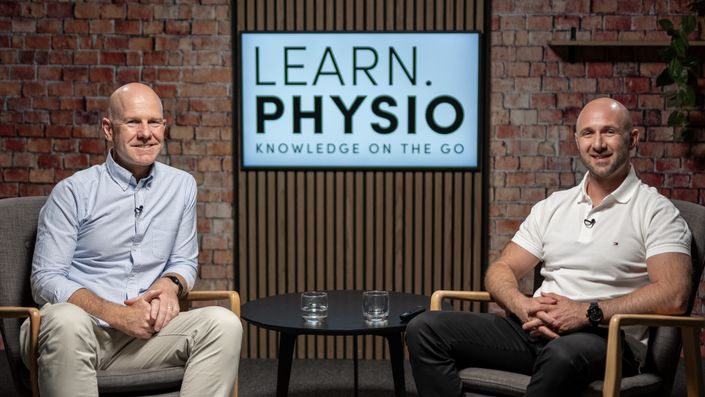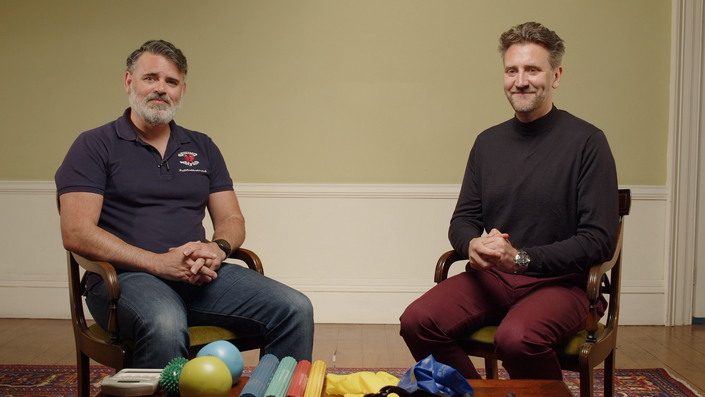Free Preview
Learning Objectives
- Understand the role of neuroscience in orthopaedics and ACL injury rehabilitation.
- Revise basic principles of neurophysiology and neuroanatomy.
- Learn the key concepts of neuroplasticity, the changes that occur post-injury and how to target this as a tool to enhance ACL injury rehabilitation outcomes.
- Learn how to apply neuro-rehabilitation to current ACL rehabilitation practices for better outcomes by using an augmented approach.

Neurophysiology
Revise basic principles of neurophysiology and its relevance to ACL rehab.

Neuroplasticity
Learn how to harvest the power of neuroplasticity to improve your ACL rehab outcomes.

Neuro-Rehabilitation
Don't ditch what you already know. Add to it with neuro-rehab and go beyond traditional ACL rehab protocols.

Dr Dustin Grooms
PhD | AT | CSCS
Dr. Dustin Grooms specializes in neuroplasticity and biomechanics with a focus on how a person’s brain changes after a muscular skeletal injury, such as an ACL injury. In particular, he looks at the impact of athletic injuries and orthopedics on the brain.
One of Grooms’ projects is a concussion program that studies how the brain changes after a concussion, using brain imaging and a virtual reality screen to challenge concussion victims. The technology is more sensitive to detect if a person has errors of senses in a concussed state.
His major focus, besides the concussion project, is researching how the brain changes after an ACL injury.
Grooms became interested in doing research when he was an intern with the Cincinnati Bengals. He was on Carson Palmer’s rehabilitation team and noticed that despite all the best technology the NFL had for rehabilitating athletes, the players were never the same and often would damage the area again or hurt the other side. It was clear to him that they were missing something in rehabilitation.
Asst Prof Meredith Chaput
PhD | PT | DPT | SCS
Meredith is an Assistant Professor of Physical Therapy in the School of Kinesiology and Rehabilitation Sciences. Chaput completed her undergraduate education in Exercise Science at the University of Minnesota Duluth and her Doctorate in Physical Therapy at Creighton University. After completing her doctoral training, she completed a post-professional residency in Sports Physical Therapy at Vanderbilt Orthopaedics Nashville and Belmont University and is a Board-Certified Clinical Specialist in Sports Physical Therapy.
Currently, Chaput co-directs the CNSlab in conjunction with Drs. Matt Stock and Grant Norte within the Institute of Exercise Physiology and Rehabilitation Sciences. She obtained her PhD from Ohio University in 2023. Chaput’s research investigates compensatory nervous system plasticity after lower extremity musculoskeletal injury with the goal to develop neurotherapeutic interventions for orthopedic rehabilitation. Her research integrates functional magnetic resonance imaging (fMRI) and laboratory metrics of functional performance and visual-cognition. Additionally, Chaput is actively engaged in the American Academy of Sports Physical Therapy as the Education Lead for the Sports Performance Enhancement Special interest Group.







